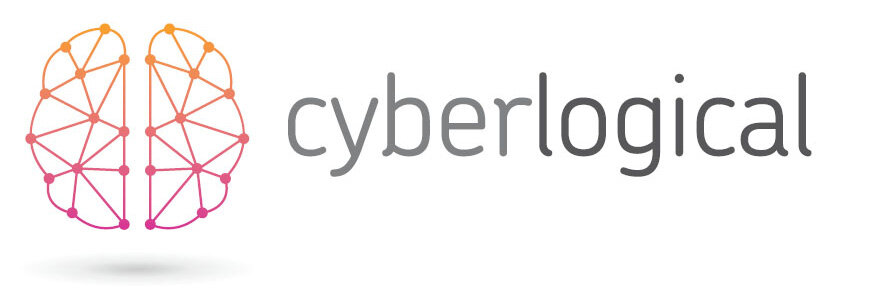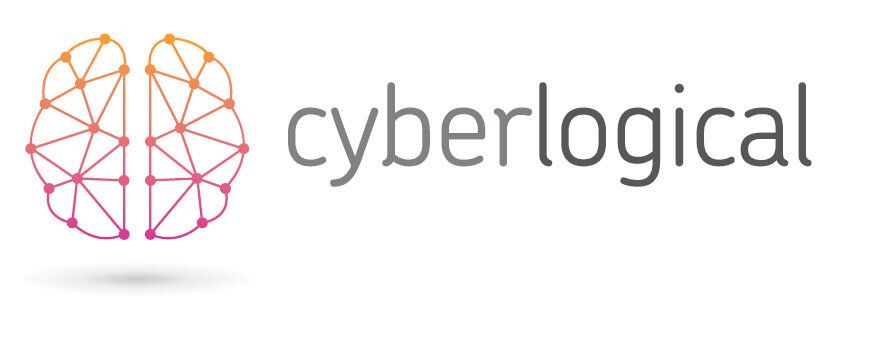The Digital Dose - March edition
Your regular dose of no-nonsense digital marketing advice and observations.
Are you being caught out by survivor bias?
Dave Patterson, Founder
'I never wore a seatbelt when I was a child and it never did me any harm', a staple of any nostalgic social media group.
Sadly of course we don't hear from those who did come to harm! A classic bit of 'survival bias'.
My favourite and I think the archetypal 'survivor bias' story comes from world war II....
Engineers analysing bullet holes in returning aircraft to sought to reinforce the spots riddled with holes. A statistician, Abraham Wald realised a serious flaw in this approach....the planes making it back had survived despite damage in those areas. The real danger came when the planes were hit in the areas WITHOUT hole such as the engines or cockpit, these planes didn't make it back.
We get caught out by survivor bias all the time, speaking to customers not 'cart abandoners', reading about successful start-ups, not the myriad of failures, focusing on projects which succeed, not the countless ones which fail.
Survival bias is one of my favourites when considering user behaviour, but there's plenty more to catch you out from confirmation bias to attribution bias.
Are you aware of all the ways customers discover you?
India McLean, Operations Director
For years, the initial stages of a user journey have typically been optimised around traditional SEO, focusing almost exclusively on Google search results. In 2025 technologies are rapidly evolving and search behaviours have changed.
Are you prepared to capture all the ways potential customers are now seeking your products and services?
AI Search: Conversational Queries
AI-driven search platforms, like ChatGPT and Perplexity, are changing how users find answers online. Instead of scanning through multiple pages, users receive immediate, conversational responses. Have you considered that your content might not be optimised to feature in these AI-driven results?
Image Search: Visual Discovery
Image search tools, such as Google Lens, empower consumers to visually discover products or services. If your images aren't clearly optimised or appropriately tagged, you might miss valuable visibility.
Voice Search: Speaking the User’s Language
Voice assistants like Siri, Alexa, and Google Assistant mean users increasingly rely on vocal queries. Conversational keywords and natural language content become essential in ensuring your business surfaces in these searches.
Ignoring AI-driven platforms, image searches, and voice queries is no longer an option. Your competitors certainly won't be!
Now is the time to rethink your search strategy.
Are you working with automation, or is it working against you?
Tamsin Butt, Digital Marketing Analyst
AI, machine learning, and automation are transforming digital marketing. But I see so many businesses either resisting these changes or relying on them without truly understanding how they work.
Here’s the thing—ad platforms like Meta and Google are built around automation. Whether it’s bid strategies, audience expansion, or dynamic creatives, machine learning plays a huge role in campaign success. But if you’re not using these tools correctly, you’re leaving results (and budget) on the table.
Let’s say you’re running a campaign and manually adjusting bids, audiences, and budgets daily. While you might think you're optimizing, what you're really doing is disrupting the algorithm’s ability to learn and improve performance over time.
The fix? Lean into automation - but do it strategically. Set clear objectives, feed the algorithm high-quality data, and let machine learning do its job. Instead of micromanaging, focus on the inputs that matter - strong creative, accurate tracking, and meaningful audience signals.
Remember, the future of digital marketing isn’t about fighting automation, it’s about learning how to guide it.
Are you using AI and automation effectively in your campaigns?
Are your LinkedIn posts getting noticed, or are they falling flat?
Charlotte Cottenham, Social Media Manager
With 2 million+ posts shared daily across LinkedIn – you'll need a strong hook to make sure you stand out.
A hook is the very first line of your post that is the make-or-break moment that determines whether people read-on or keep scrolling.
Here’s some great hook templates for your next post...
Challenge & solution
People think [challenging task] is hard. But it's not.
I found [solution] so you don’t have to.
Use this hook to:
Share useful resources and services, encourage action and position yourself as a thought leader.
Reaching your goals
Here's why you haven’t achieved [desired goal] yet, and here’s [X steps] to get started.
Use this hook to:
Adress common frustrations, offer actionable steps, build trust, inspire your audience to take action.
Did you know?
Did you know [statistic] of [industry professionals] are missing this?
Use this hook to:
Highlight a gap in knowledge, offer valuable insights, create a sense of urgency, spark conversation, promote a service or product that can solve a problem.
Need more hooks? Simply ask ChatGPT for “LinkedIn hook template ideas (just one line)” and refine them based on the type of hook you're after.
Got a question for one of our experts?
Write in to us, and we'll answer your dilemma in the next edition: info@cyberlogical.co.uk










